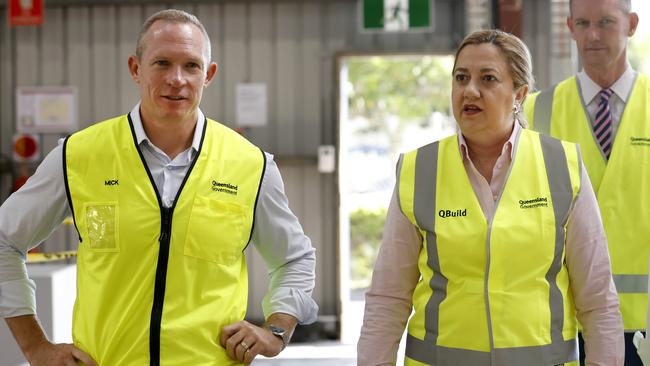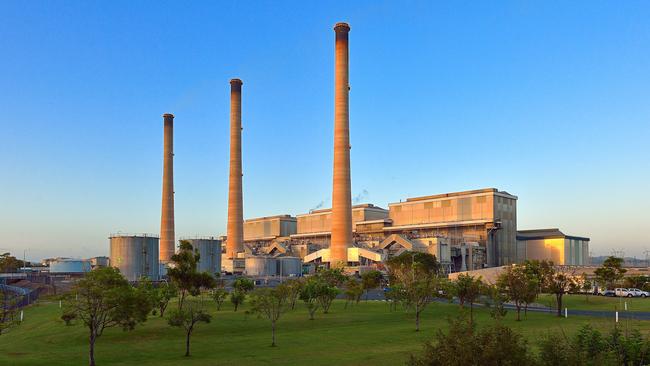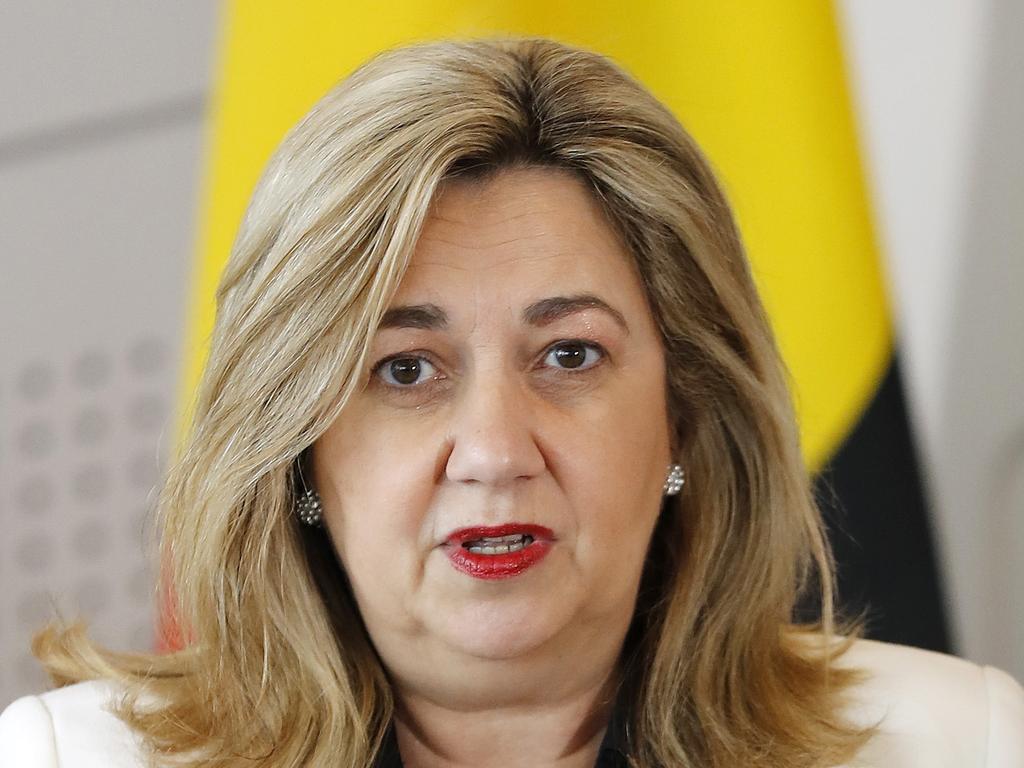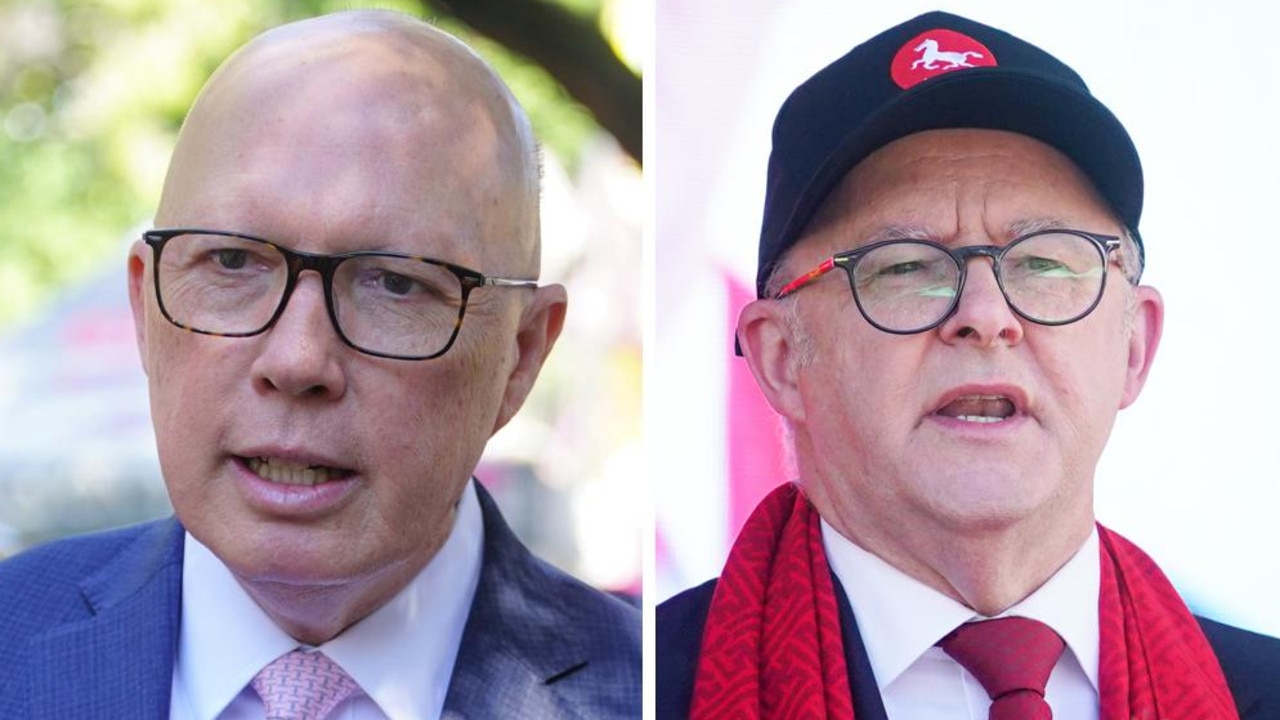Rio Tinto compo deal between Anthony Albanese, Annastacia Palaszczuk on energy cap remains secret
The $450m compensation deal for Rio Tinto’s Queensland power station could rise, as the Palaszczuk government moves to keep the details secret.

Taxpayer-funded compensation to cover losses at Rio Tinto’s Gladstone Power Station incurred during the national coal price cap could now exceed the estimated $450m bill limit, as the Queensland government blocks the release of details of the package.
The Palaszczuk government last week redacted the specifics of the controversial compensation deal – detailed in a letter from Prime Minister Anthony Albanese – in response to a Right to Information request from The Australian.
Last year, The Australian revealed that federal sources close to the negotiations did not expect the rebate to go over $450m while state sources warned it could be as much as $750m.
The RTI sought a letter and memorandum of understanding sent by Mr Albanese to Queensland Premier Annastacia Palaszczuk on December 23 setting out the compensation package and future federal funding of renewables projects to ensure continued state support of the nationwide energy plan.
Under the deal, the two governments agreed to split reimbursement for Rio and its partners that own Gladstone Power Station, for anticipated losses during the year-long $125-a-tonne cap.

Gladstone, one of two privately owned Queensland coal stations, largely services a nearby aluminium smelter and refinery, which are majority owned by Rio.
It also sells excess power on the National Energy Market, the amount of which has increased in the past year to cover supply problems at the state-owned Callide Power Station in central Queensland.
Callide station – which produces about 30 per cent of the state’s power – has been plagued with maintenance issues since a 2021 explosion.
The plant was initially predicted to be back online by next month, but state-owned power company CS Energy confirmed earlier this month it will not run at full capacity until January next year.
That means the grid will remain dependent on Gladstone Power Station for at least nine months longer than anticipated, and possibly increase the rebate – depending on coal prices – under the energy plan that runs until June next year.
After The Australian revealed in December that the compensation could be $450m or more, Mr Albanese said the deal was “nothing like the sort of figures I’ve seen in the newspaper’’ and were subject of commercial discussions.

Asked later that day whether the government was aware the payout could hit $450m before agreeing to the cap, Ms Palaszczuk said: ”Yes, we did know”.
Sources had told The Australian the arrangements for the rebate and future federal funding of Queensland renewables projects were contained in the MOU.
But, after consultation with the Premier and Prime Minister’s offices, the acting manager of Right to Information and Privacy in the Department of the Premier and Cabinet redacted parts of the MOU.
The reason given was that the material was prepared for “consideration of the Resources Cabinet Committee (and) are yet to be finalised” and their release would prejudice the confidentiality of cabinet considerations.
State Energy Minister Mick de Brenni said the total compensation bill would depend on “global prices of coal and other commodities” and the amount of taxpayer money spent would be revealed “as part of our ordinary budget cycle”.
A spokesman for federal Energy Minister Chris Bowen said the draft default market offer for retail prices for southeast Queensland, was $344 or 21.2 per cent lower than what it would have been had the government not acted.
Queensland Treasurer Cameron Dick said details of the compensation payments were commercial in confidence.
More Coverage







